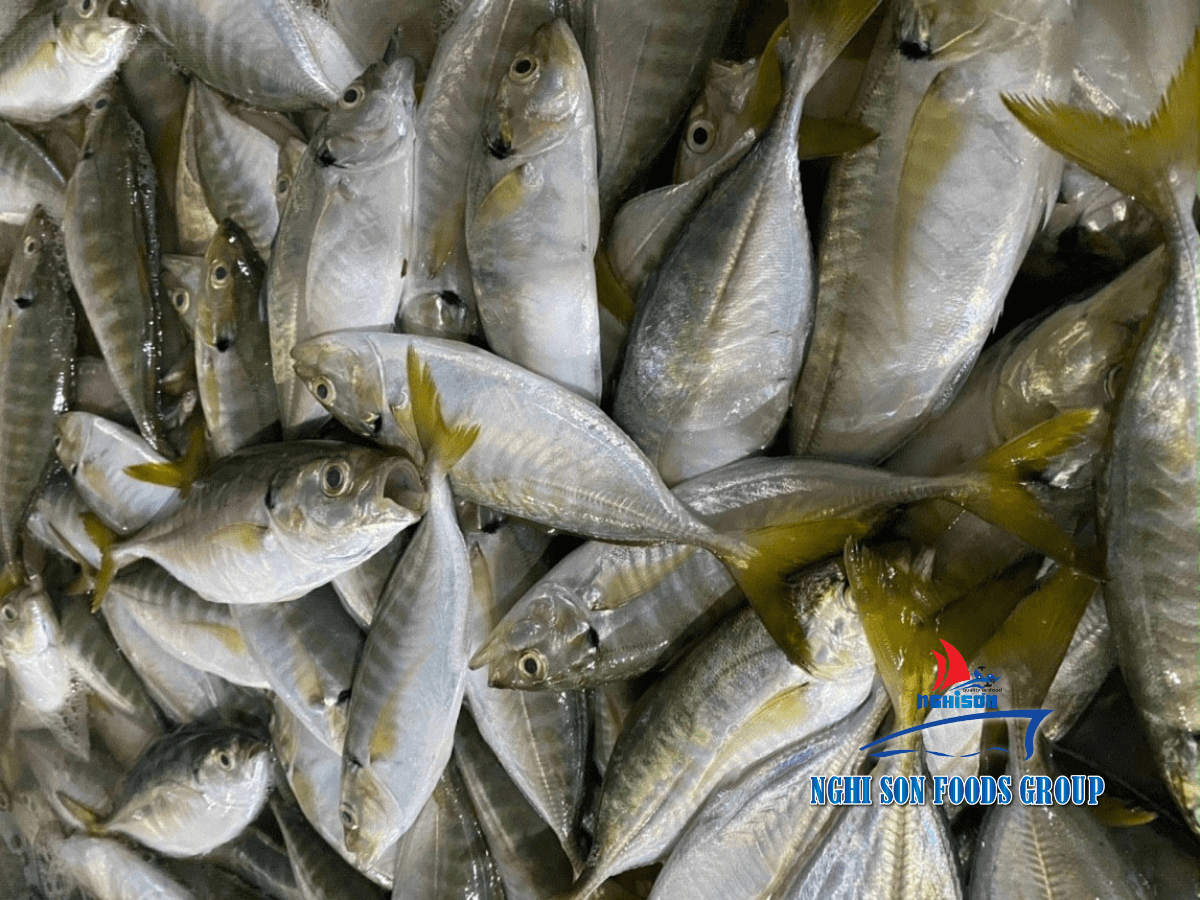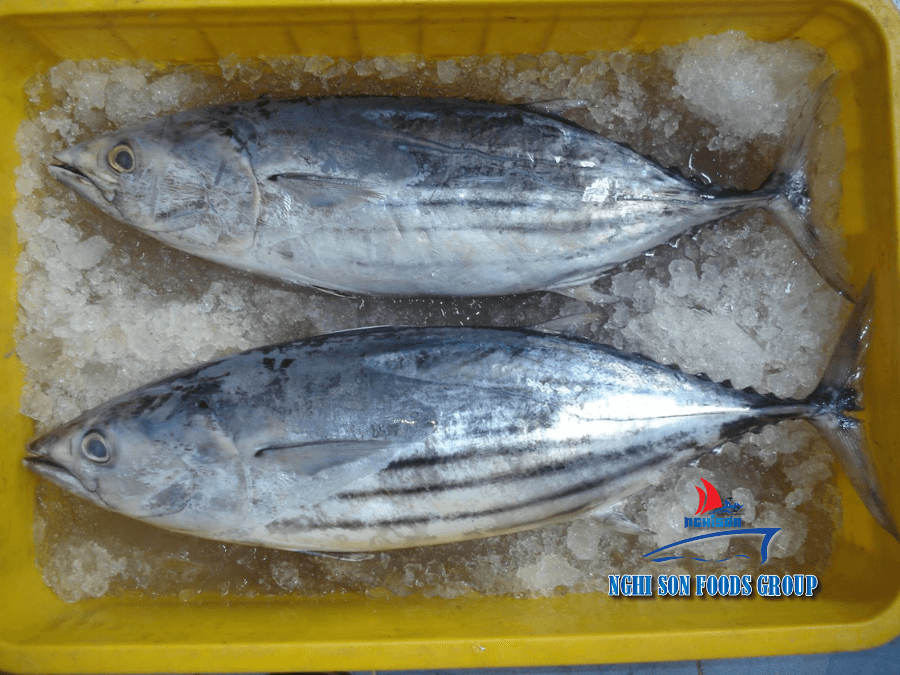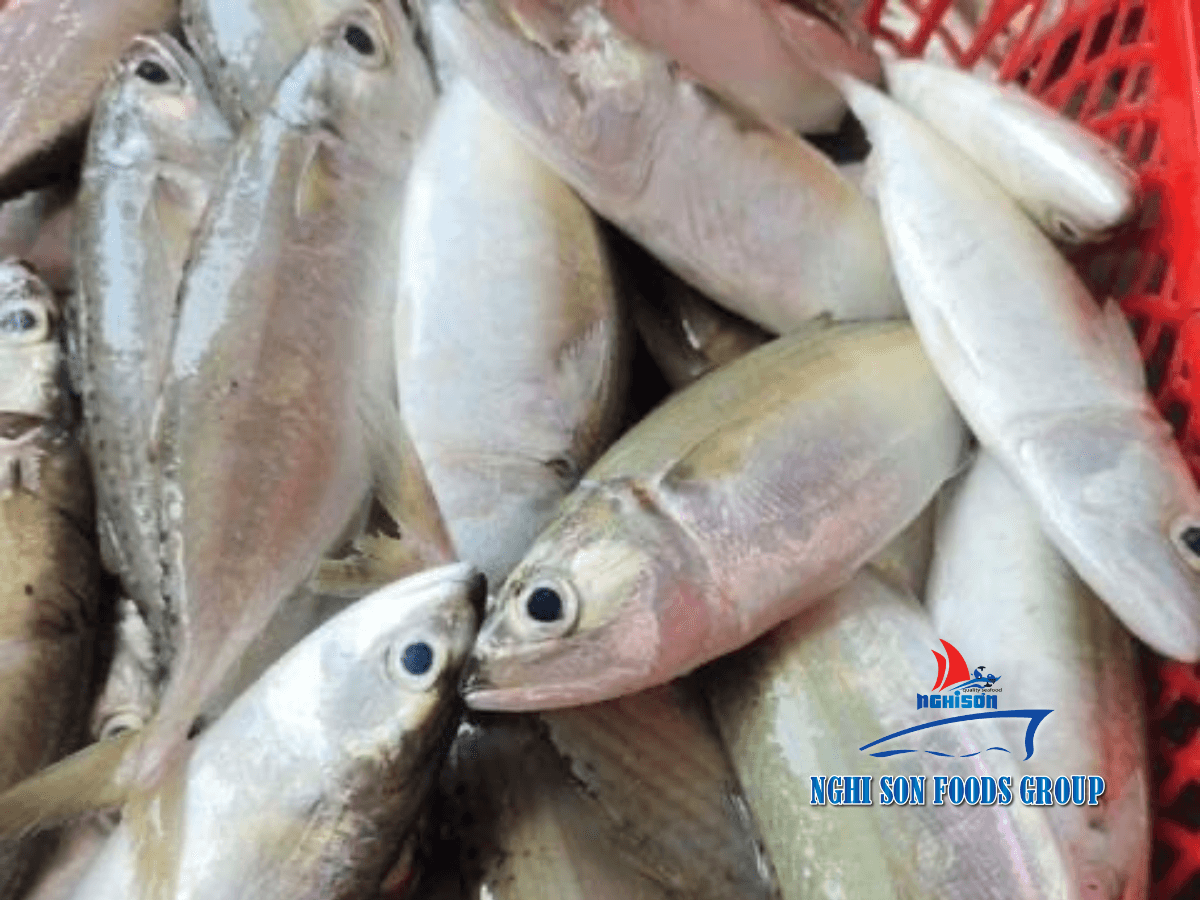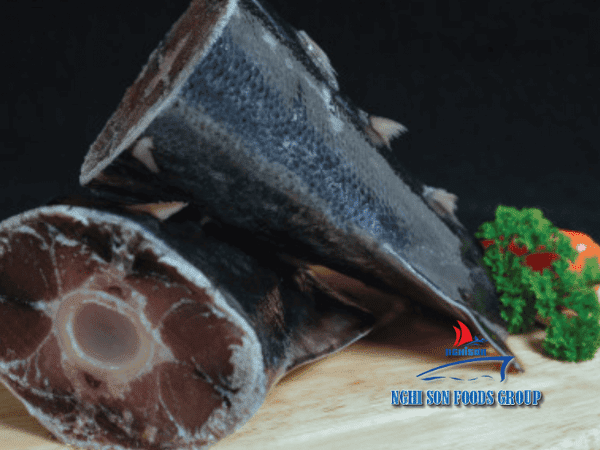Table of Contents
ToggleWhat is Fish Aggregating Devices (FADs)
Fish Aggregating Devices, commonly known as FADs, are ingenious tools used in the world of commercial and recreational fishing to attract pelagic fish species such as marlin, tuna, and mahi-mahi. In this comprehensive guide, we will delve into the intricacies of FADs, exploring their impact on fisheries, the fascinating behavior of fish around these devices, the various types of FADs, their geographical significance, and the vital process of FAD removal. Whether you’re a seasoned angler, a marine enthusiast, or someone interested in sustainable fishing practices, this article will provide valuable insights into the multifaceted world of FADs.
Target Species
FADs primarily target pelagic fish species, which include some of the most coveted catches in the fishing world:
- Marlin: Known for their impressive size and incredible strength, marlins are a prized target for sport fishing enthusiasts.
- Tuna: Including species like skipjack, bigeye tuna, and yellowfin tuna, these are high-value commercial catches.
- Mahi-mahi (Dolphin Fish): Mahi-mahi, also known as dorado or dolphinfish, are known for their vibrant colors and delicious meat.
- Other Species: FADs also attract a wide range of other fish, such as albacore, wahoo, blue marlin, striped marlin, mako shark, silky shark, whitetip shark, galapagos shark, mackerel, and bonito.
Fish Behavior Around FADs
Fish exhibit intriguing behavior around FADs, drawn to these floating objects for several compelling reasons:
- Mating Activities: Fish use FADs as reference points for their mating activities, creating a hub of reproductive activity.
- Protection for Juvenile Fish: FADs offer a sanctuary for juvenile fish, shielding them from potential predators and providing a safe environment for growth.
- Prey Attraction: The congregation of juvenile fish around FADs attracts larger predator fish, establishing a thriving ecosystem around these artificial structures.
A study conducted in French Polynesia using sonar technology revealed distinct zones of tuna aggregation around FADs, showcasing their pivotal role in the marine food chain.
Fisheries Regions
FADs have become integral to fisheries regions across the world, with a notable presence in:
- Atlantic Ocean
- Pacific Ocean
- Indian Ocean
These devices are especially prevalent in purse seine fisheries, where they contribute significantly to the catch of pelagic fish. Over one million tons of tuna, nearly one-third of the global tuna total, are caught near FADs. Additionally, FADs result in over 100,000 tons of by-catch, impacting various marine species.
Types of FADs
FADs come in different types, each designed for specific purposes:
- Drifting FADs: They are not tethered to the ocean floor and can be either man-made or natural objects like logs or driftwood. They drift along with ocean currents, making them versatile tools for fisheries.
- Moored FADs: Those are anchored to a fixed location on the seabed using weights, typically concrete blocks. A buoy, often equipped with sonar and GPS capabilities, connects to the mooring system. Buoy placement can vary, with some floating on the surface and others positioned subsurface.
- Smart FADs: These advanced FADs are equipped with cutting-edge technology, including sonar and GPS, allowing remote monitoring and management of fish populations under the FAD. This technology-driven approach enhances fisheries management and sustainability.
Scope and Impact
The adoption of FADs has significantly impacted the fishing industry, increasing productivity over the past few decades. However, this advancement comes with certain challenges. FAD-caught fish tend to be smaller, and the use of FADs results in relatively large bycatch, raising concerns about the decline of several pelagic shark species. This highlights the importance of sustainable fishing practices and the responsible use of FADs to mitigate their ecological impact.
Removal of FADs
The responsible management of FADs includes their proper removal to prevent environmental harm. Ensuring that FADs are retrieved and disposed of correctly is crucial to prevent entanglement with marine life and interference with ship traffic. Initiatives to improve FAD recovery methods and promote responsible FAD use are underway to mitigate the negative consequences associated with these devices.
Conclusion
Fish Aggregating Devices (FADs) have revolutionized the fishing industry, making it more efficient but also posing ecological challenges. Understanding their impact on target species, fish behavior, and fisheries regions is vital for sustainable fishing practices. It is crucial to balance the benefits of increased catch rates with responsible management and the removal of FADs to protect our oceans’ delicate ecosystems and ensure the long-term viability of pelagic fish populations. FADs represent both an opportunity and a responsibility in the ongoing quest for sustainable fisheries.




















